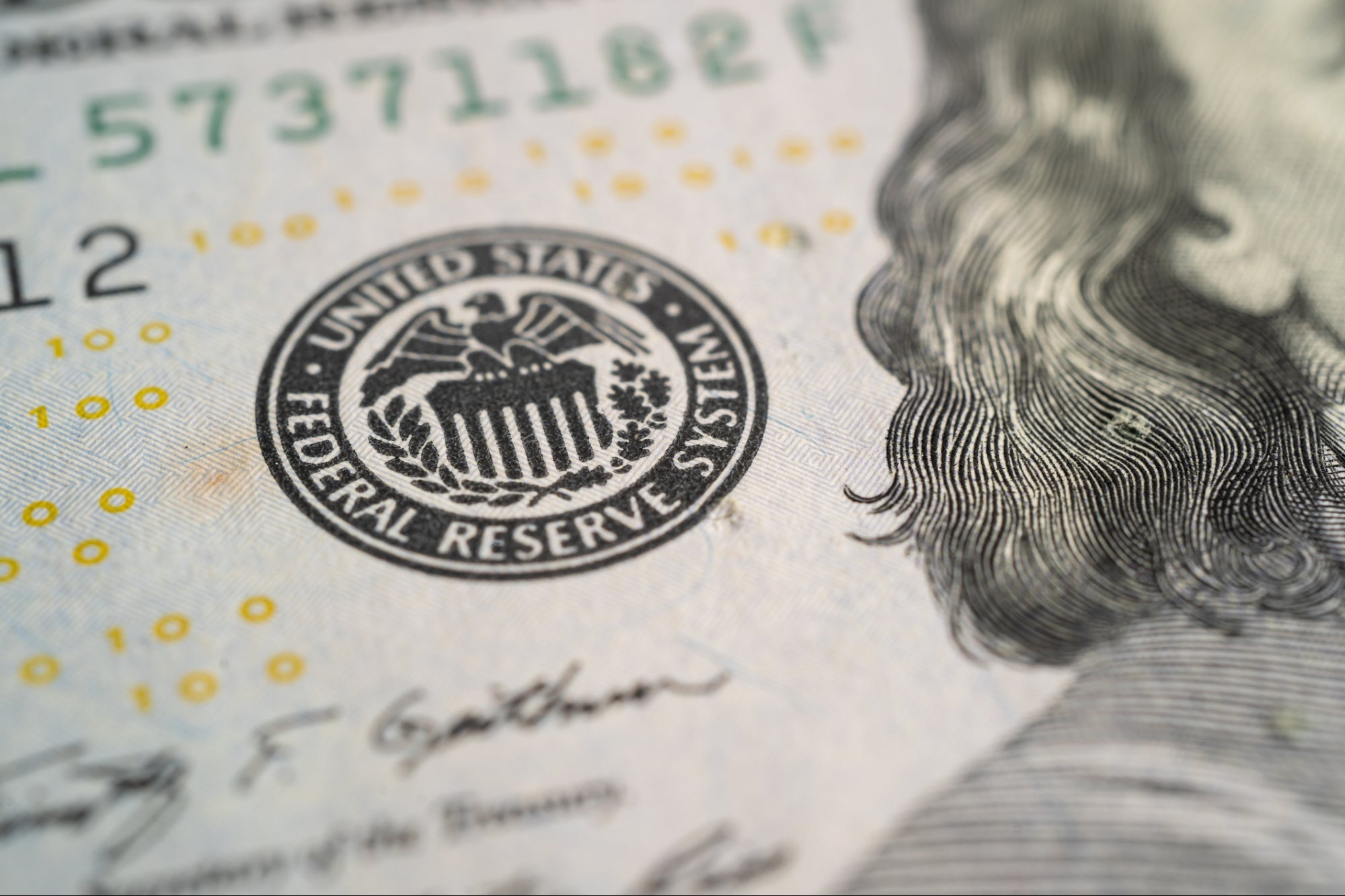How Much Did That New Customer Cost You? Determine your marketing plan's effectiveness by analyzing how much you're spending to gain just one client.
By Lon Safko •

Opinions expressed by Entrepreneur contributors are their own.

In his book, The Fusion Marketing Bible, author Lon Safko focuses on ways to analyze your marketing efforts and leverage synergies across platforms to produce the best results. In this edited excerpt, Safko lays out the crucial steps to determining your plan's effectiveness: the cost of customer acquisition.
Every business should look at its cost of customer acquisition twice a year and after each campaign. The old business adage goes, "You can't manage what you don't measure." Yet we fail to measure these costs all the time. We seldom take the time to see how effective our marketing was.
A poor return on investment can have a variety of causes. Maybe your demographic has shifted, or maybe your prospects are getting their information from a new source. Or maybe a particular campaign was never effective, and you just didn't know it.
Here are some typical industry standard cost of customer acquisition values, the amount of money each company spends on average on marketing and advertising to acquire just one new customer:
- Travel: Priceline.com: $7
- Telecom: Sprint PCS: $315
- Retail: Barnesandnoble.com: $10
- Financial: TD Waterhouse: $175
One miscalculation that many business owners make involves the ease with which they will attract customers. This is called field of dreams marketing. Small-business owners are generally experts in some other areas and somehow they believe that if the core message of their marketing is, "Hey! We are selling XYZ, and we're now open!" people will start pouring through the door.
Related: How to Recognize Which Customers Are Bad for Business
This is why most startups are short in what they budget for marketing, which is often less than 10 percent of their operating budgets. The idea of a saturation campaign across a variety of media is foreign and would be viewed as an unnecessary expense. After putting out a big opening-day announcement, a banner, some flyers and a few small ads, they are astounded that they sit around all day looking at their expensive inventory.
Professional marketers understand the importance of marketing. The amount of advertising "clutter" is so vast that trying to gain new customers with a few ads and flyers is like trying to make a splash in the ocean with a handful of pebbles. According to the Small Business Administration, 30 percent of all new businesses fail within two years and 50 percent fail within five years.
While there are a variety of reasons for this astounding failure rate, the primary cause is usually a misunderstanding of marketing and a failure to budget the necessary marketing dollars.
To begin an analysis of your marketing campaigns, pick a relatively quiet day and lock yourself in your office with your accounting reports.
Using a whiteboard, a spreadsheet or a yellow pad, create separate headings for every campaign you did last year: newspapers, telemarketing, trade shows, door hangers, whatever. For now, let's stick to traditional media marketing, as it has a higher cost of implementation than social media marketing.
You are going to measure your marketing by using actual numbers -- a scientific approach -- and not fictitious "impressions" to gauge the effectiveness of your campaigns. Impressions is the term used to quantify the number of people who will see your ad. Actually, it is the number of people who will receive the magazine or newspaper, not for the number of people who actually read it. When you buy radio or TV ads, your cost is based on the number of listeners or viewers the program had in the latest ratings book.
Under each heading, list every expense associated with that campaign. In marketing, a "campaign" often includes several different media, such as a print ad, flyers, radio ads, web site promotions, and others. You'll have to separate out the costs and results of each component of each campaign.
Related: A Data-Driven Reality Check for Your Marketing Budget
For example, you probably executed a direct-mail campaign during the past year. Direct-mail campaigns are time-consuming, labor-intensive and usually expensive. You must increase revenue at least enough to pay for your activities in order to justify doing those activities in the first place.
Direct-mail campaigns involve many obvious expenses, but also many that are not so obvious. First comes the development of the mail piece, which includes writing copy, artwork, logos, images, possibly photography and layout. Then there are the costs of getting the piece to the printer, redlining proofs and the printing itself.
You can test to see which envelope, headline, offer, price and even color combination gets the most response, which costs money. Then there's the cost of paper. And once printed, the piece needs to be machine folded and stuffed into the mailer.
There is the cost of the mailing list, postage and labor -- your staff and yours. You may also want to prorate your cell phone, landline, auto and even technology costs, because without them, you'd be working on your campaign from a park bench. Remember to add in public relations and sales costs if they contributed to lead generation.
Congratulations. You've calculated the costs associated with one direct-mail campaign. Now repeat this process for each of your other marketing campaigns. If your campaigns included trade shows or conferences, add in airfare, hotel, meals, taxis and your travel time. The more accurate the expenses are, the more accurate your results will be.
Related: Where Is Your Business Overspending?











